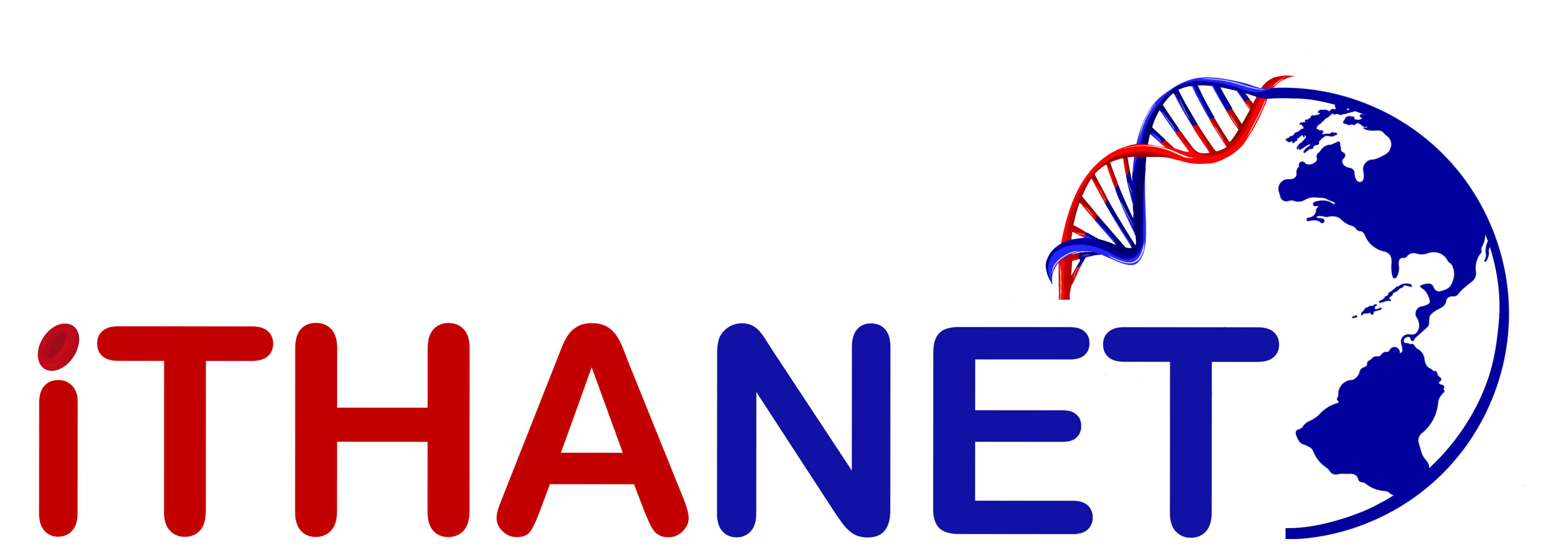IthaID: 2345
Names and Sequences
| Functionality: | Disease modifying mutation | Pathogenicity: | N/A |
|---|---|---|---|
| Common Name: | CD 298 (GCG>CCG) | HGVS Name: | NG_013087.1:g.6866G>C |
We follow the
HGVS sequence variant nomenclature
and
IUPAC standards.
Context nucleotide sequence:
CTACACCAAGAGCTCCCACCTGAAG [G/C] CGCATCTGCGCACGCACACAGGTGA (Strand: -)
Protein sequence:
MATAETALPSISTLTALGPFPDTQDDFLKWWRSEEAQDMGPGPPDPTEPPLHVKSEDQPGEEEDDERGADATWDLDLLLTNFSGPEPGGAPQTCALAPSEASGAQYPPPPETLGAYAGGPGLVAGLLGSEDHSGWVRPALRARAPDAFVGPALAPAPAPEPKALALQPVYPGPGAGSSGGYFPRTGLSVPAASGAPYGLLSGYPAMYPAPQYQGHFQLFRGLQGPAPGPATSPSFLSCLGPGTVGTGLGGTAEDPGVIAETAPSKRGRRSWARKRQAAHTCAHPGCGKSYTKSSHLKPHLRTHTGEKPYACTWEGCGWRFARSDELTRHYRKHTGQRPFRCQLCPRAFSRSDHLALHMKRHL
Comments: Protein change: A298P. Compound heterozygote with Q58X, c.-154C>T and p.G176RfsX179. Abnormally low levels of the red cell enzyme pyruvate kinase, a known cause of CNSHA. Severe, transfusion dependent hemolytic anemia. Persistent expression of fetal hemoglobin and expression of large quantities of embryonic globins in post-natal life. Associated with increase production of HbF and with borderline HbA2 in the Chinese population. Identified in Thai subjects with Hb E disorder and high levels of HbF.
Phenotype
| Allele Phenotype (Cis): | N/A |
|---|---|
| Allele Phenotype (Trans): | Increased expression for ε Increased expression for Aγ or Gγ |
| Associated Phenotypes: |
Hb F levels [HP:0011904] [OMIM:141749] Anaemia [HP:0001903] |
Location
| Chromosome: | 19 |
|---|---|
| Locus: | NG_013087.1 |
| Locus Location: | 6866 |
| Size: | 1 bp |
| Located at: | KLF1 |
| Specific Location: | Exon 2 |
Other details
| Type of Mutation: | Point-Mutation(Substitution) |
|---|---|
| Effect on Gene/Protein Function: | Missense codons (Protein Structure) |
| Ethnic Origin: | Thai, Chinese |
| Molecular mechanism: | N/A |
| Inheritance: | Quantitative trait |
| DNA Sequence Determined: | Yes |
In silico pathogenicity prediction
Sequence Viewer
Publications / Origin
- Viprakasit V, Ekwattanakit S, Riolueang S, Chalaow N, Fisher C, Lower K, Kanno H, Tachavanich K, Bejrachandra S, Saipin J, Juntharaniyom M, Sanpakit K, Tanphaichitr VS, Songdej D, Babbs C, Gibbons RJ, Philipsen S, Higgs DR, Mutations in Kruppel-like factor 1 cause transfusion-dependent hemolytic anemia and persistence of embryonic globin gene expression., Blood , 2014 PubMed
- Lou JW, Li DZ, Zhang Y, He Y, Sun MN, Ye WL, Liu YH, Delineation of the molecular basis of borderline hemoglobin A2 in Chinese individuals., Blood Cells Mol. Dis. , 2014 PubMed
- Liu D, Zhang X, Yu L, Cai R, Ma X, Zheng C, Zhou Y, Liu Q, Wei X, Lin L, Yan T, Huang J, Mohandas N, An X, Xu X, Erythroid Krüppel-like factor mutations are relatively more common in a thalassemia endemic region and ameliorate the clinical and hematological severity of β-thalassemia., Blood , 2014 PubMed
- Tepakhan W, Yamsri S, Sanchaisuriya K, Fucharoen G, Xu X, Fucharoen S, Nine known and five novel mutations in the erythroid transcription factor KLF1 gene and phenotypic expression of fetal hemoglobin in hemoglobin E disorder., Blood Cells Mol. Dis. , 59(0), 85-91, 2016 PubMed
